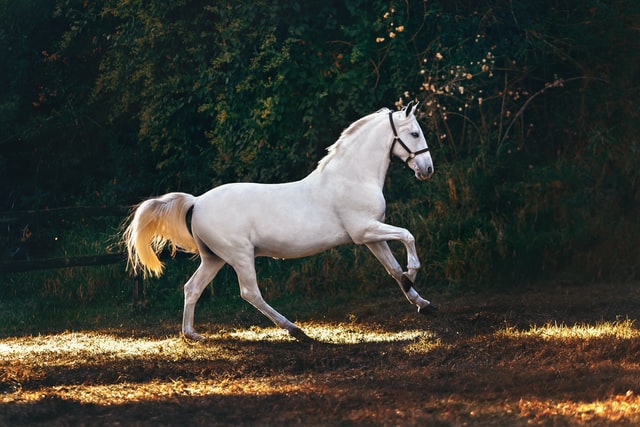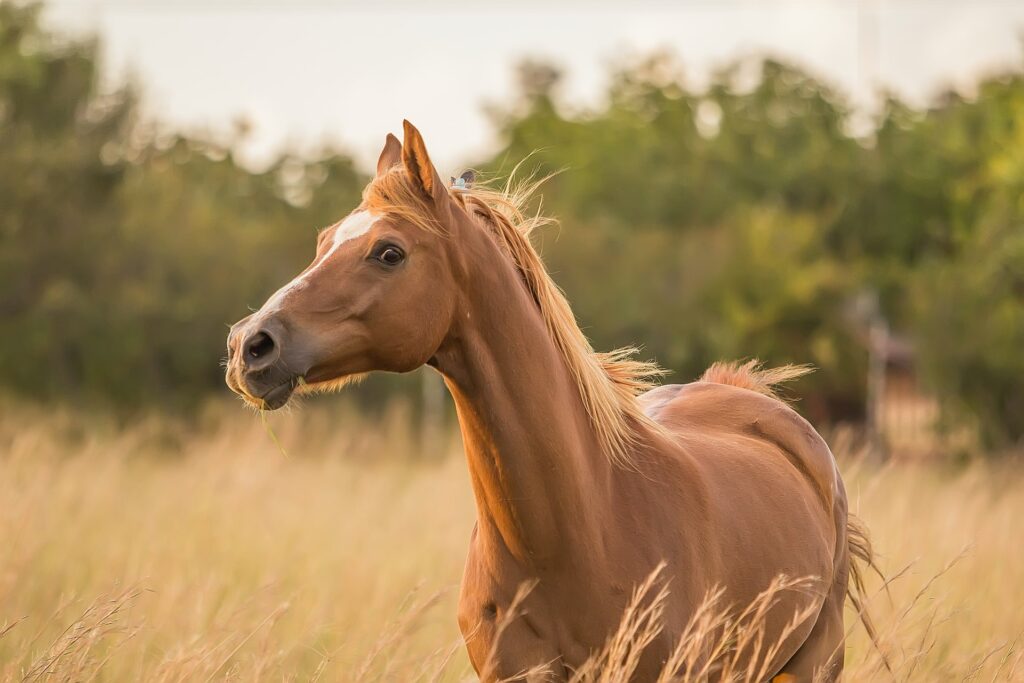Horse owners must keep a constant eye on their horse’s health and well-being throughout the year. Regardless of the season, all treatment and visits to the veterinarian must be kept up to date. However, during winter and colder seasons, extra care must be given to the horses and consider the horse’s age, breed, size, food, coat (clipped or unclipped), and available shelter.
Diet adjustment
Horses eat depending on their size. As an example, a 1,000-pound horse who eats hay for the majority of his diet should ingest about 20 pounds of hay every day. But come winter season, that same horse would need 25 or 30 pounds of hay per day to stay warm. Your horse’s diet should not only be tailored based on their weight and body type but also on the activities your horse participates in, and from the advice of a veterinarian, nutritionist, or feed specialist.
Your horse would eat more during winter since their digestion of fiber is what keeps them warm. It’s important that your horse is fed enough fodder (hay or grass) so that digestion can generate body heat. When the weather turns bad, you may need to feed your horse more hay throughout the day to ensure he gets adequate fiber to stay warm.

Dressing up
During the winter, many horse owners prefer to put rugs on their horses especially horses that do not produce a thick winter coat. Of course, it is necessary that horses have a warm shelter during cold spells or bad weather. But dressing them up in warm caribu horse rugs adds another layer of warmth and protection from the cold.
When dressing up your horses during the colder season, remember that not just any rug will do. It is necessary that you use the correct rug for the situation. A stable rug is not suitable for outside since it is not waterproof. If you would be releasing your horse for a run or exercise in the field or pasture. They should have a waterproof rug to keep them from getting wet.
Ice control
Caring for your horse’s tendons, ligaments, and muscles during winter includes checking their hooves for ice chunks. When ice chunks appear in your horse’s feet, remove them immediately and you should at least check twice daily. When removing these ice chunks, it is especially necessary to be extra careful while picking your horse’s hooves and to check for lacerations caused by ice.
Icy areas in and around barns are also hazardous since they can result in accidents and injuries for your horse. Areas that are prone to ice formation should be regularly monitored and may require additional attention to avoid accidents.
Each horse must be treated as an individual. Sure, they all have comparable demands but caring for them. Especially during the colder seasons determining the amount of hay to be given to them or whether they should be provided with a rug must be because of the condition of each horse, and not routine care.


More Stories
Buy Speed Bumps : Power up Your Road Safety!
The Ethical Pharma Franchise Journey with Axodin Pharmaceuticals
A Comprehensive Guide to Vietnam Visa for Colombian Citizens